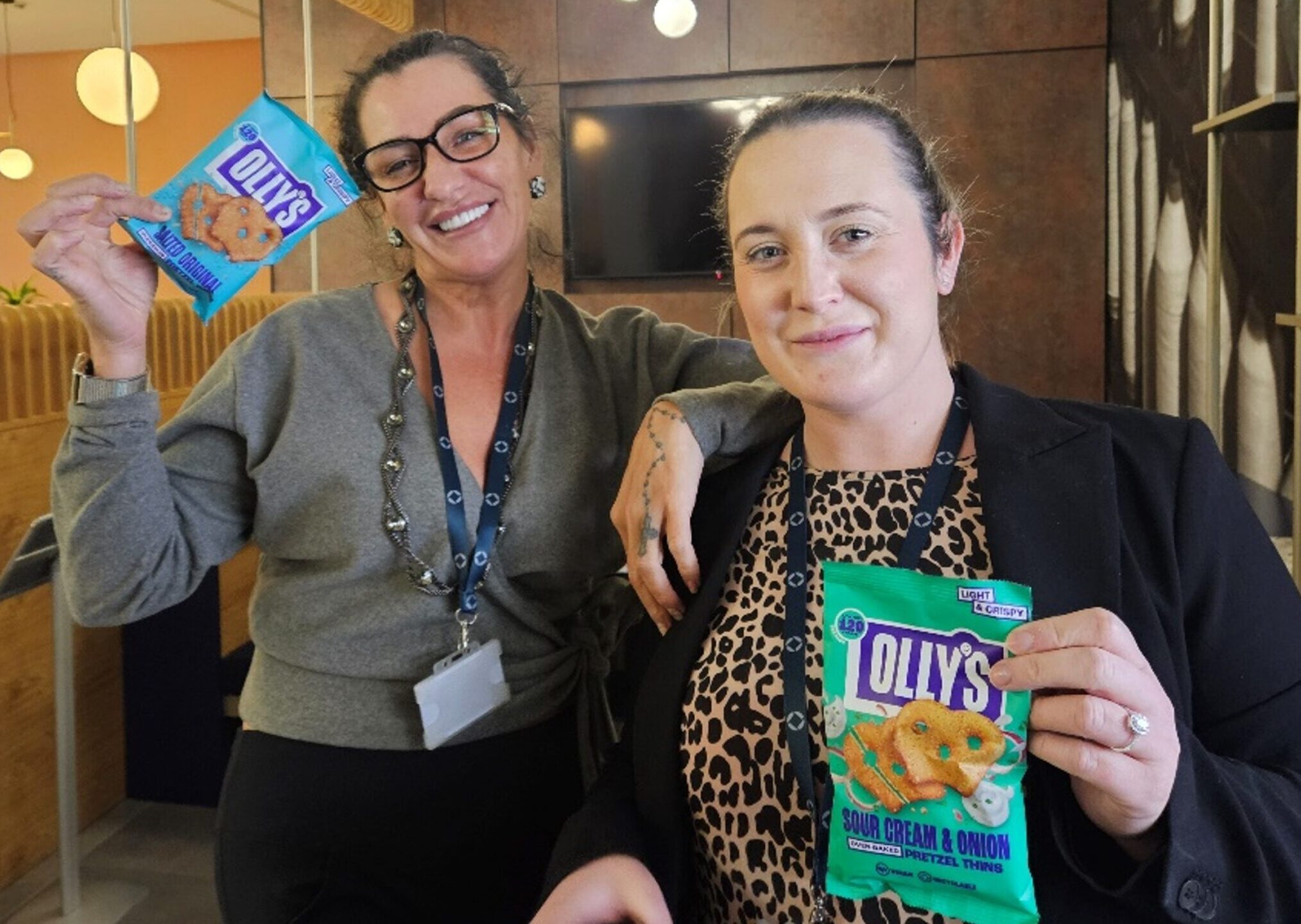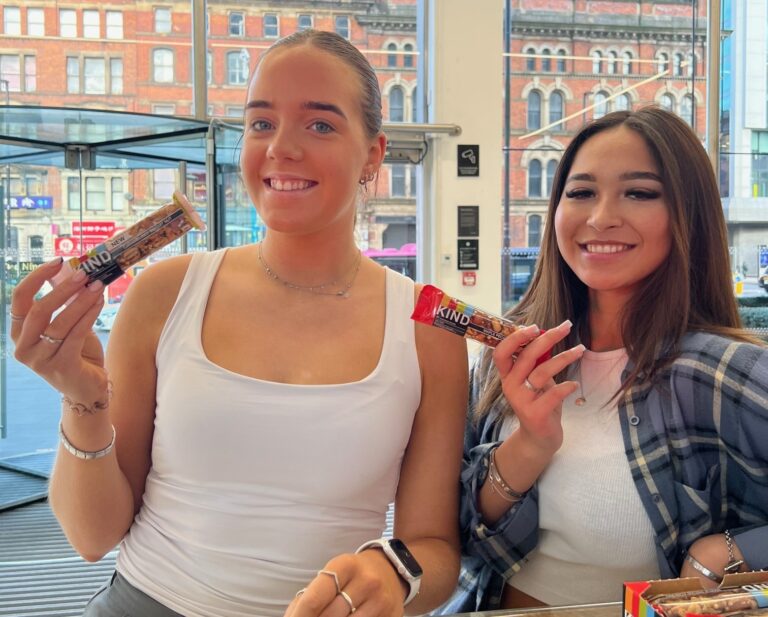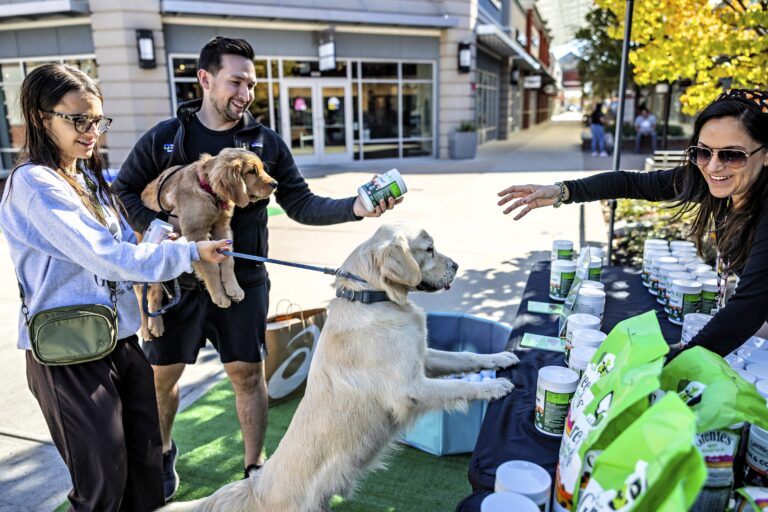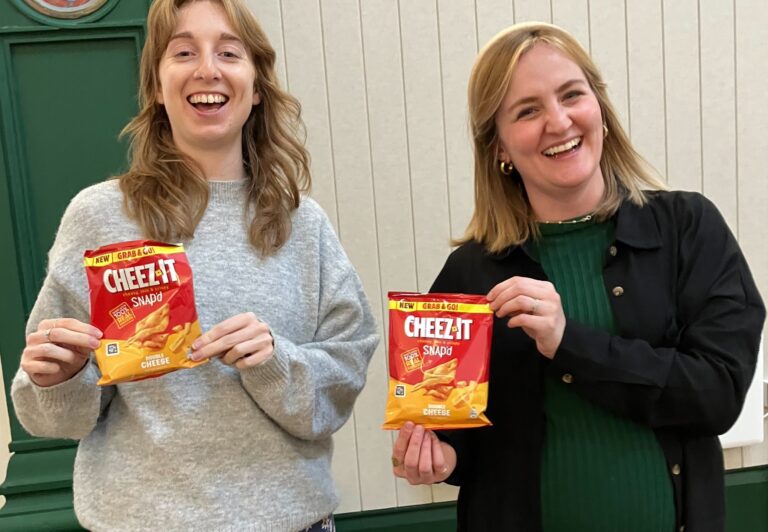Product Sampling ROI: Does Product Sampling Work?
In a saturated market where consumers are bombarded with advertisements, product sampling emerges as a powerful tool to cut through the noise. By offering tangible experiences, brands can foster trust and drive purchase intent. Let’s delve into how product sampling influences consumer behaviour, supported by real-world data and case studies.
The Psychology Behind Sampling and Buying
Product sampling taps into fundamental psychological principles:
1. Reciprocity
When people receive something for free – especially something thoughtfully delivered – they feel a subconscious urge to return the favour. This can lead to increased likelihood of purchase or brand advocacy.
2. Risk Reduction
For new or unfamiliar products, a sample helps remove the biggest purchase barrier: uncertainty. Whether it’s a new functional drink, skincare product, or snack, trying it allows the consumer to experience the benefits first-hand before spending money – eliminating perceived risk.
3. Emotional Anchoring Through Experience
Sampling creates a multi-sensory interaction with your brand. Instead of just seeing an ad, the consumer smells, tastes, or feels the product. These physical sensations create emotional memory anchors, increasing recall and brand connection far beyond passive impressions.
4. The Power of Communal Sampling
Trying something in a shared environment – like an office or university common room – transforms product sampling into a social moment:
- It enhances the occasion: People love free surprises at work, especially when it breaks up their day. That positive context becomes associated with your brand.
- It sparks conversation: When one colleague says, “This protein bar is actually really good,” it legitimizes the trial for others. Peer validation leads to social proof, which strongly influences behaviour – especially for new or challenger brands.
- It creates micro-moments of buzz: You’re not just sampling – you’re creating a mini-campaign on-site. People post photos, chat with co-workers, and build organic momentum that’s hard to replicate with traditional advertising.
5. Peer Influence Drives Purchase Intent
In group settings, peer behavior is a shortcut for decision-making. If a trusted colleague says, “I’ve switched to this brand – it’s great,” others are more likely to try it themselves. Sampling gives you a rare chance to plant that first seed, in the right social environment, where it can grow organically.
Data-Driven Insights on Purchase Intent
Understanding the impact of product sampling goes beyond feel-good feedback – it’s about real consumer shifts and measurable outcomes. The data tells a clear story: sampling drives purchase intent significantly more than traditional advertising or passive media exposure – leading to a noticeable product sampling ROI.
Sampling Influences Decisions at the Moment of Truth
According to a study by EventTrack, 73% of consumers said they were more likely to purchase a product after trying it. This isn’t just about positive sentiment – it reflects the psychological impact of reducing uncertainty and creating familiarity.
Purchase Intent Is a Leading Indicator of Sales
Purchase intent – the stated likelihood that someone will buy a product – is often a reliable signal of future revenue. Sampling elevates this metric by turning interest into trial and trial into confidence. This is especially true in categories like food & beverage, personal care, wellness, and baby products, where taste, feel, or trust are key.
Let’s look at two examples from our own campaigns:
🥨 Olly’s – Savoury Snacks, Retail Push
Campaign: Sampling focused on affluent, health-conscious & educated millennial consumers working in creative & professional industries, in offices within a walking distance of a Tesco Stockist
Results:
- 92% of consumers reached had previously requested healthy-snacks, 85% were university educated and 84% had never tried Olly’s before – whilst the average age of those sampling was 37 years old.
- Average walking time of only 4 minutes to nearest stockist from each office
- Strong trial rates amongst target-audience resulted in consumer feedback revealing high satisfaction, with 94% enjoying their sample and 76% intending to purchase
- Tesco saw strong uplift following each office drop, resulting in a 66% increase in sales amongst the supported stores in the month following sampling – with the top store seeing an 11.6x sales increase
Interpretation: Geo-targeted sampling led to hyper-local sales growth, showing how intent becomes action when the purchase path is short and immediate.
View full case study
🍫Rhythm 108 – Vegan Confectionary, Urban Professionals
Campaign: Sampling to sites matching Rhythm 108’s audience profile, ABC1 professionals who lead a healthy lifestyle but enjoy indulging their sweet tooth
Results:
- Significant trial uplift in core demographic (urban millennials), with 92% having never purchased the product before, 75% being unaware of the brand and 60% intending to purchase
- Reports of office-wide conversations about taste, as samples reached consumers at key snacking occasions and produced a welcome break in the work day
- Brand saw a measurable sales uplift, despite only sampling in London – they saw a 20% nationwide sales increase across the products sampled and a 14% retention of sales after the campaign
- What’s more, the unsampled Hazelnut Truffle Tablet experienced a 10% sales lift, highlighting the broader brand halo effect created by the activation
Interpretation: Sampling created buzz among a hard-to-reach audience, generated downstream word-of-mouth and increased sales.
View full case study
Measuring Purchase Intent Effectively
To gauge the impact of sampling campaigns:
- Surveys: Deploy post-sampling surveys to assess consumer reactions and purchase likelihood.
- Redemption Tracking: Monitor the use of promotional codes or coupons distributed with samples.
- Sales Analysis: Compare sales data before and after the sampling initiative in targeted regions.
- Benchmarking: Understand how your product compares against anonymised stats from similar brands
Gems Sampling’s platform facilitates real-time tracking and in-depth reporting, offering brands actionable insights into consumer behaviour and campaign performance.
Sampling vs Traditional Marketing
Compare the effectiveness of sampling to other marketing methods:
| Tactic | Avg. Engagement | Purchase Intent Lift |
|---|---|---|
| Banner Ads | Low | Minimal |
| Influencer Posts | Medium | ~20–30% (varied) |
| Product Sampling | High | 50–80%+ |
Sampling doesn’t just drive recall – it changes buying behaviour.
What Drives These Results?
- Sensory experience builds trust and eliminates uncertainty.
- Targeted distribution means you’re not wasting budget – you’re sampling the right people.
- Immediate relevance (e.g., nearby store, suitable lifestyle) increases the chance of follow-through.
With proper campaign design and feedback mechanisms in place, sampling delivers not only strong purchase intent but also measurable uplift in retail performance, brand affinity, and social sharing.
Conclusion
Product sampling stands out as a strategic approach to boost purchase intent and drive sales. By providing consumers with first-hand experiences, brands can build trust, reduce purchase anxiety, and foster loyalty. As evidenced by a variety of successful campaigns, sampling can be a game-changer in a brand’s marketing arsenal.
Ready to elevate your brand’s impact? Explore how Gems Sampling can tailor a sampling campaign to your objectives.
Book a call






